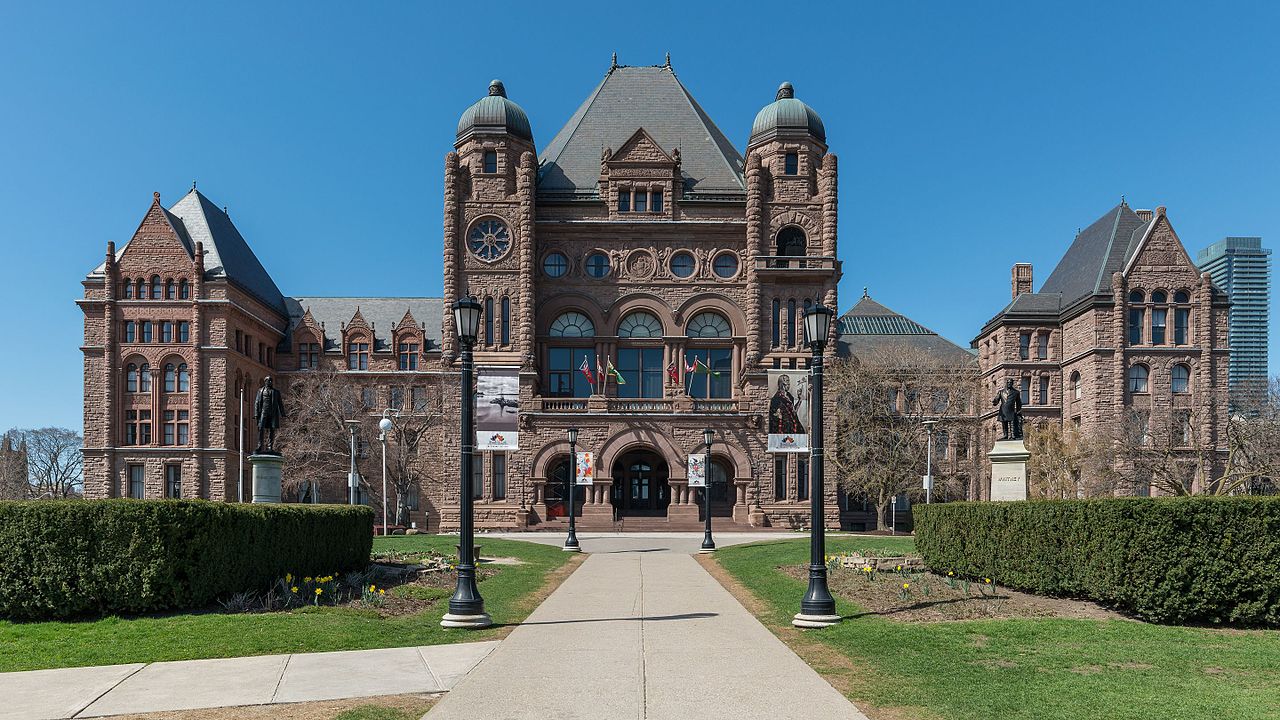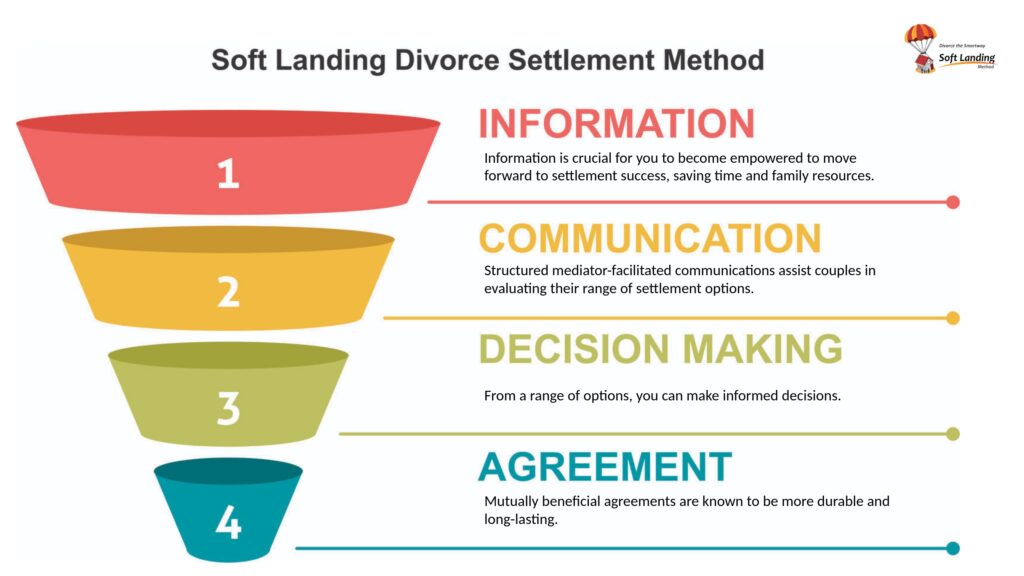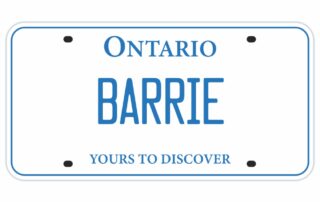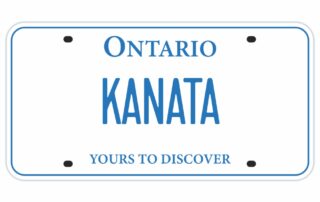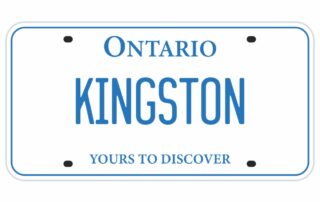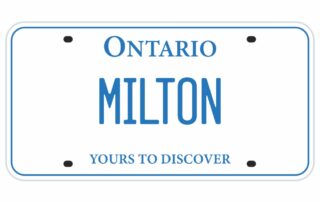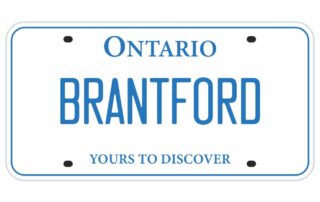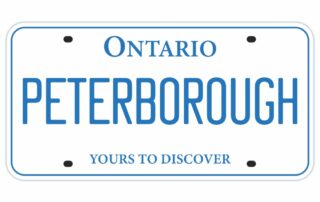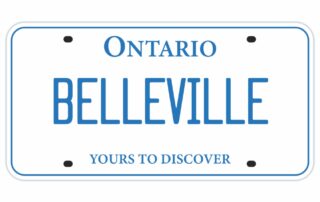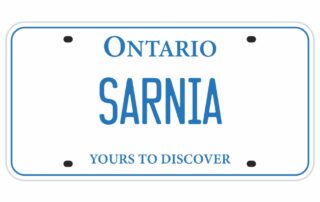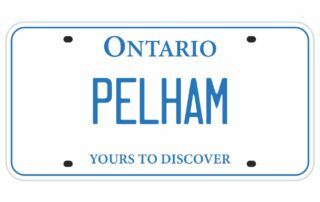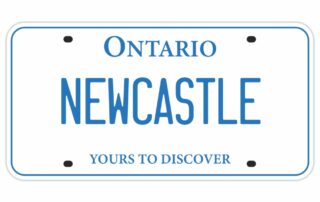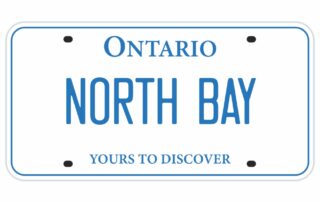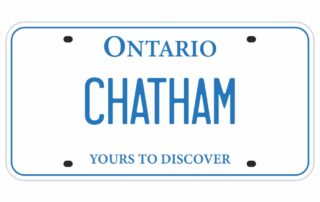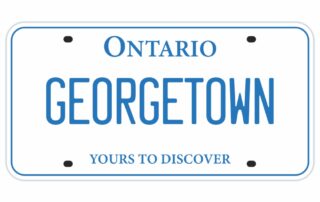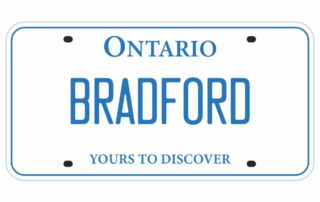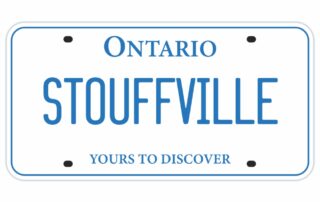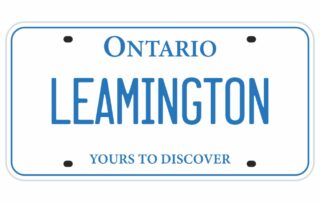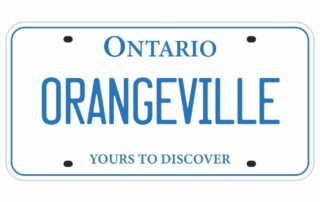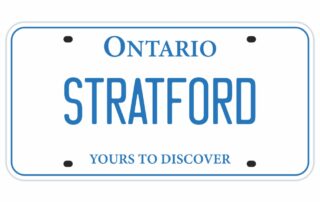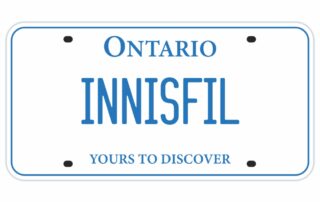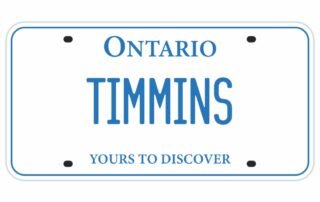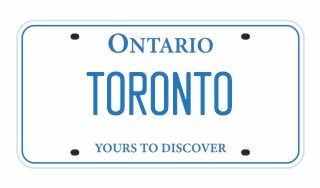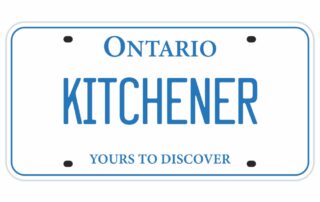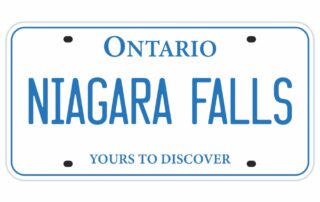Reduce Ontario Divorce Costs with DTSW’s Soft Landing Method
Simple Divorce or Joint Divorce to legally end your marriage
The following fees are payable: less then $700 for the Preparation of documents and $669 for divorce process cost aka family court filing fees to the Superior Court of Justice Tap Here to learn if you qualify for the Naked Divorce Filer
How NOT to be someone’s Cash Cow

Divorce Cost Comparison
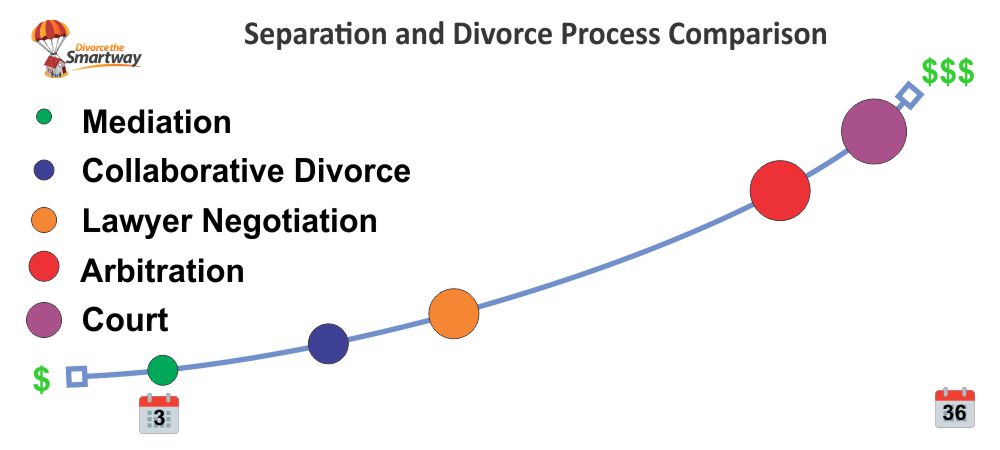
Divorce Cost FAQ
The direct costs of divorce do not typically affect spousal or child support, which are calculated based on income, standard of living, and the needs of the children involved.
Yes, filing for divorce without legal representation (a “do-it-yourself” divorce) can be cheaper initially but may lead to costly mistakes if agreements are not legally sound or if rights are not adequately protected.
Average legal fees for an uncontested divorce might be around $1,500, but a contested divorce can range from $15,000 to $35,000 or more, depending on the case’s complexity.
Key factors include the divorce type (contested vs. uncontested), complexity of the asset division, whether child custody is an issue, and the hourly rate of legal representation.
Yes, uncontested divorces generally cost less as they require fewer court appearances and lawyer hours. The process is faster and less adversarial, which significantly cuts down on expenses.
More complex cases, especially those involving high assets, business interests, or international elements, typically incur higher legal fees due to the increased workload and expert consultations required.
Hidden costs can include psychological counseling, temporary living accommodations, refinancing costs, and the long-term financial impacts of asset division.
Reducing costs can be achieved by negotiating settlements out of court, using alternative dispute resolution methods like mediation, and by both parties agreeing to compromise on various issues.
High costs often stem from lengthy legal proceedings, disputes over assets and custody, and the need for multiple court appearances. Each of these factors requires more time from legal professionals, thus increasing fees.
As of January 1, 2023, the court fees for all divorce applications in Ontario total $669, payable in two installments: $224 at the time of filing the application and $445 when setting the matter down for a divorce hearing.
The Naked Divorce Self-Filer $489 + HST for a simple (uncontested) divorce in Ontario. A contested divorce costs significantly more due to the complexity and number of claims involved. Therefore, the total cost for a simple divorce in Ontario, including court fees and document preparation costs, is $1,155.
To minimize costs, consider mediation, be open to compromise, and organize all financial documents beforehand. Avoiding contested court proceedings can also reduce expenses significantly.
As of January 1, 2023, the court fees for all divorce applications in Ontario total $669, payable in two installments: $224 at the time of filing the application and $445 when setting the matter down for a divorce hearing.
The Naked Divorce Self-Filer $489 + HST for a simple (uncontested) divorce in Ontario. A contested divorce costs significantly more due to the complexity and number of claims involved. Therefore, the total cost for a simple divorce in Ontario, including court fees and document preparation costs, is $1,155.
Yes, individuals with low income may apply for a fee waiver for court processes in Ontario. This is contingent on meeting specific income thresholds as defined by the court system.
The least expensive way is an uncontested divorce where both parties agree on all terms. This process requires fewer legal hours and typically minimal court fees, keeping costs down.
As of January 1, 2023, the court fees for all divorce applications in Ontario total $669, payable in two installments: $224 at the time of filing the application and $445 when setting the matter down for a divorce hearing.
The Naked Divorce Self-Filer $489 + HST (30-Day Lowest Price Guarantee) for a simple (uncontested) divorce in Ontario. A contested divorce costs significantly more due to the complexity and number of claims involved. Therefore, the total cost for a simple divorce in Ontario, including court fees and document preparation costs, is $1,155.
The cost of a divorce in Ontario can vary significantly based on several factors, including whether it’s contested or uncontested, the complexity of asset division, and legal representation. Typically, a contested divorce costs from $15,000 to over $35,000, and much more when businesses are involved.
As of January 1, 2023, the court fees for all divorce applications in Ontario total $669, payable in two installments: $224 at the time of filing the application and $445 when setting the matter down for a divorce hearing.
The Naked Divorce Self-Filer $489 + HST for a simple (uncontested) divorce in Ontario. A contested divorce costs significantly more due to the complexity and number of claims involved. Therefore, the total cost for a simple divorce in Ontario, including court fees and document preparation costs, is $1,155.
Divorce in Ontario: Ignore The Obvious At Your Peril

Was Chief Justice Warren Winkler on to something?

Video: Winkler: No more studies needed!
The adversarial nature of family law

Video: Adversarial System: The Gladiator in the Coliseum
Where are all the Family Law Reformers?

Video: Pickets go up at Ontario Family Court
Summing Up
Ken Maynard CDFA, Acc.FM
I assist intelligent and successful couples in crafting rapid, custom separation agreements that pave the way for a smooth transition towards a secure future. This efficient process is achieved in about four meetings, effectively sidestepping the excessive conflicts, confusion, and costs commonly linked to legal proceedings. Clients have the flexibility to collaborate with me either via video conference or in-person through a DTSW associate at any of our six Greater Toronto mediation centers, located in Aurora, Barrie, North York, Vaughan, Mississauga, and Scarborough.
Have a few questions - Tap here to Schedule a Get Acquainted Call



 It was a reply that he delivered with genuine empathy but unmistakable authority. And it brought to my mind the phrase ‘willful blindness’ – that state of deliberate ignorance.
It was a reply that he delivered with genuine empathy but unmistakable authority. And it brought to my mind the phrase ‘willful blindness’ – that state of deliberate ignorance.

